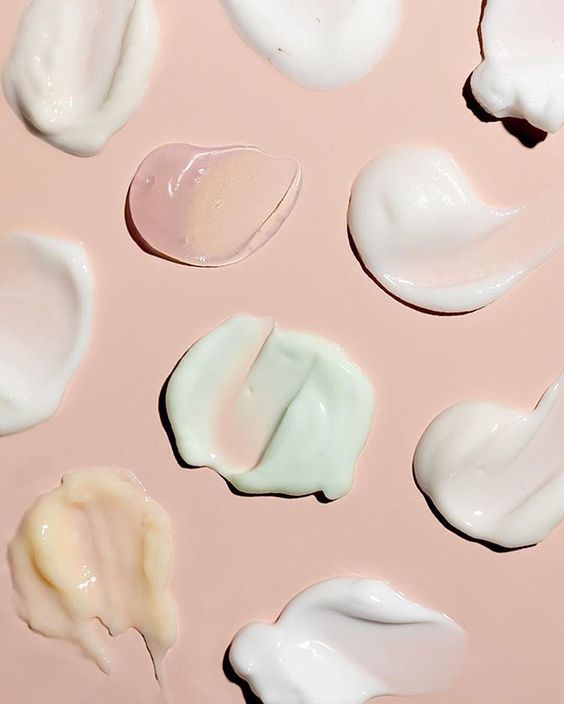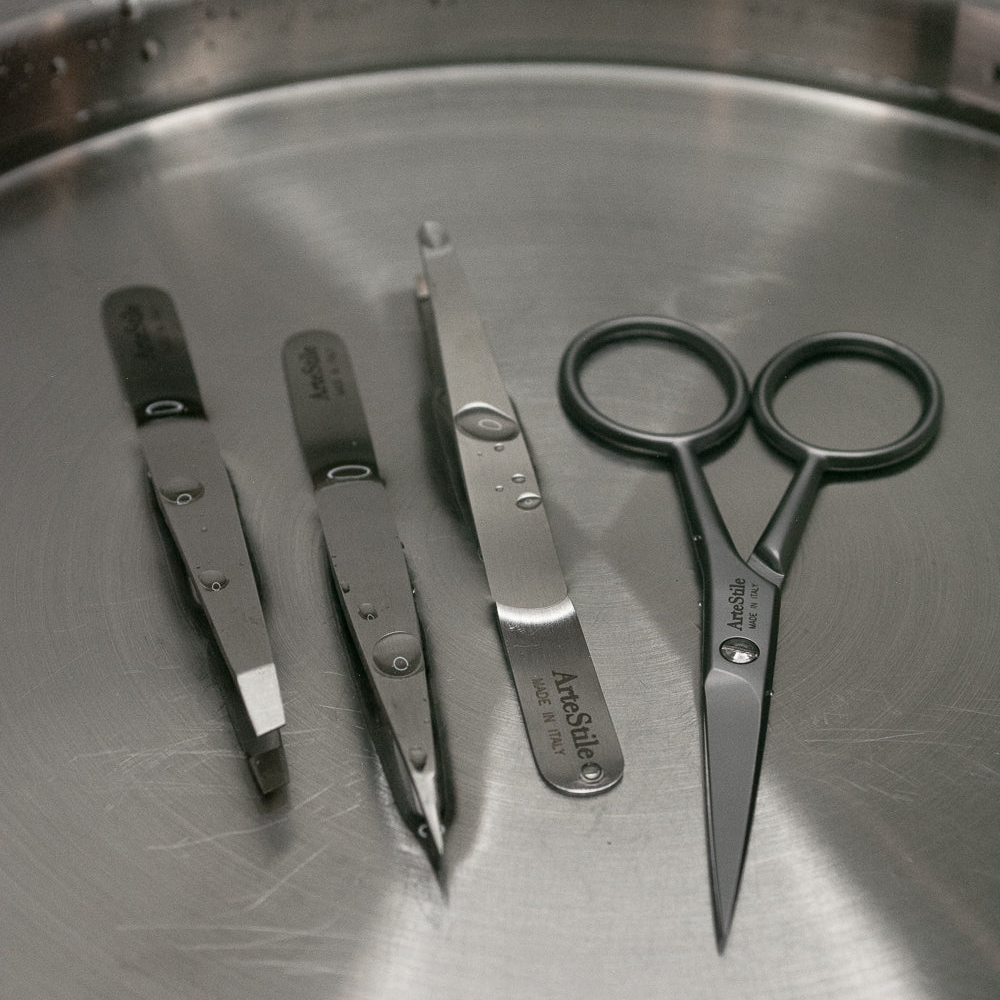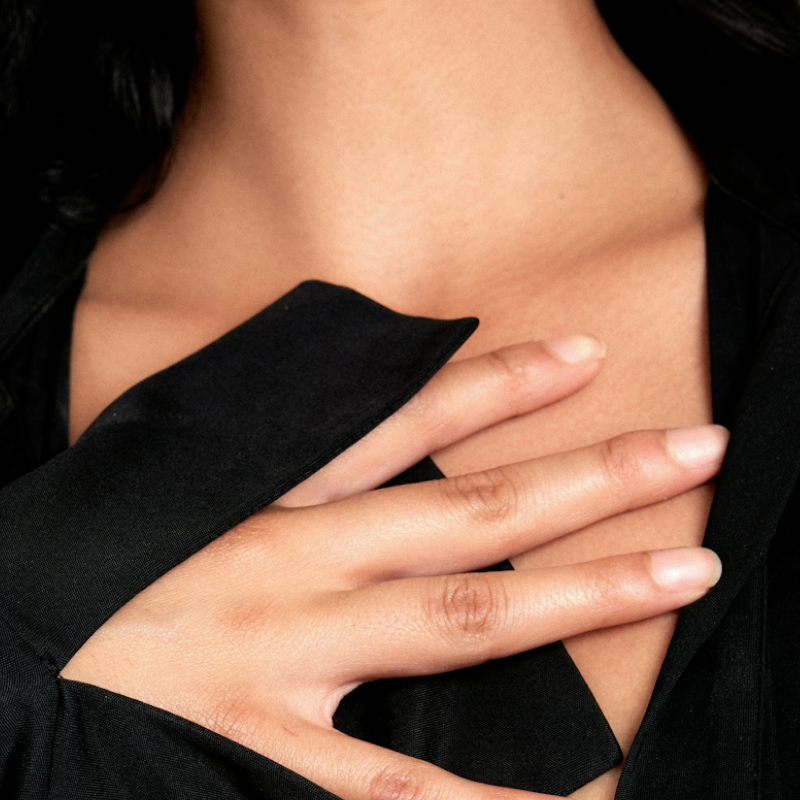With people spending more time at home right now, it’s a good idea to start looking at ways to improve your skincare routine. One of the most important parts of a skincare routine that is often overlooked or not done properly is exfoliation. Now is a perfect time to learn about exfoliation and how to incorporate it into your skincare regimen to get glowing, healthy skin. If you already exfoliate, it’s a great time to learn more about its benefits.
Exfoliation is incredibly important as it promotes the renewal of your skin by removing dead, dry skin cells. It helps keep your healthy skin glowing and showing. By removing dry and dead skin, it unclogs your pores which can lead to less acne. The rejuvenation of healthy skin can also help diminish wrinkles or even prevent them from forming! Exfoliation also removes toxins and can encourage blood circulation and collagen production. It’s a very important step in a beauty routine as it also has an effect on other products you use too, it helps products seep deeper into your skin making them more effective.

There are two different types of exfoliants, physical and chemical. Physical exfoliants physically remove dead skin by using an abrasive texture or surface. For example, an abrasive surface such as a dry brush physically exfoliates your skin, as does the beads or rough particles in a scrub. Chemical exfoliants contain chemicals that remove dead skin cells and promote skin cell turnover. An example of a chemical exfoliant is a product that contains retinol or lactic acid. Chemical exfoliants are a great way to get smooth, glowing skin.Image via Pinterest

Image via Pinterest
One important question when incorporating exfoliation into your skincare regimen is how often should you exfoliate? The answer to that all depends on your skin type and whether you're new to exfoliating or have been doing it for a while. If you’re new to it, it’s very important to patch test and take it slowly. Patch testing is testing the product on a patch of skin (ideally somewhere people rarely see just in case!) before using it on your face to make sure you don’t get a bad reaction. If it’s all good to go after a patch test, then start incorporating it into your routine slowly. Start off with once or twice a week (spaced out) and then start building up to more frequently if your skin can handle it. Exfoliants are great but can also cause damage if not used properly so be careful, especially if you have sensitive skin.
Right now with the seasons changing, we are loving a good lip exfoliation with a homemade lip scrub! Lip scrubs exfoliate the skin on your lips so you can get a perfect pout and apply lip balm or lipstick with ease. You might be asking yourself how to make a lip scrub from scratch but it’s quite easy and you probably have all the ingredients in your home right now.

Image via Pinterest
Home-made lip scrub
Our go-to home-made lip scrub uses only two ingredients and is so easy to make and use.
Combine one teaspoon of honey with two teaspoons of sugar, mix them until blended well, rub on your lips for up to one minute, and rinse off. You’ll have softer and better moisturized lips in no time.






